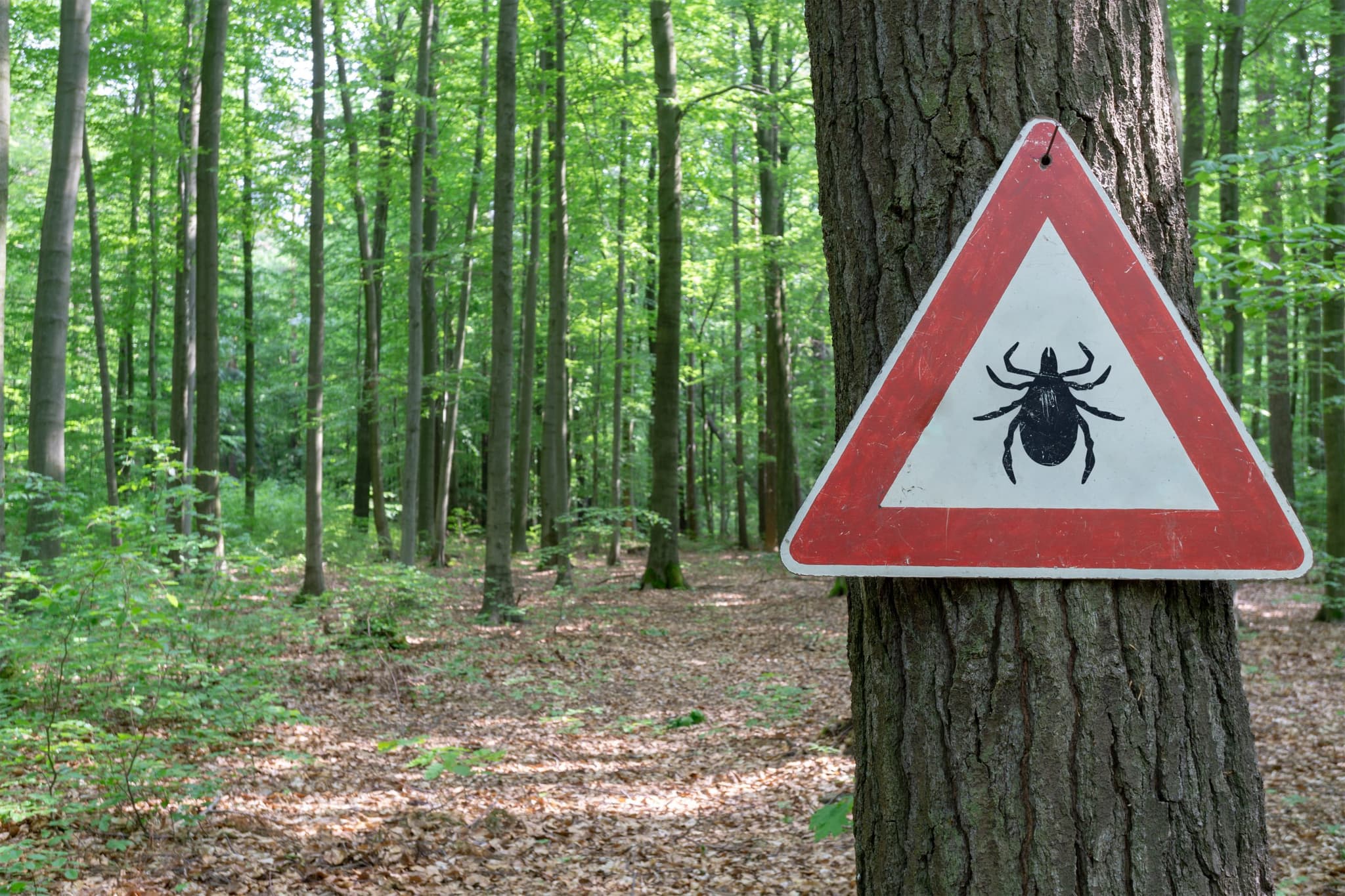
2025-11-21T14:10:25
How to Prevent Gestational Diabetes
- Family Medicine
- Internal Medicine
- OB/GYN
August 1, 2016 | Family Medicine • Urgent Care
Specialties:Family Medicine • Urgent Care

Camping, hiking, picnics and beach trips are all fun summertime activities, but that time outside can take a toll on your skin if you aren’t careful. Bug bites and poisonous plants can create itchy bumps and painful rashes, so it’s important to know how to prevent these skin irritations.
Two common bugs that can cause skin irritations are mosquitos and ticks. Mosquitos puncture your skin, feed on blood and inject a saliva that can cause itching and swelling. Ticks are small spider-like insects that fasten themselves onto an animal to feed on blood and can migrate to humans. Tick-borne diseases can cause a variety of symptoms including fever, aches, rash, muscle weakness and swelling. Both bugs feed on blood and can transmit diseases, infections and viruses to humans. Luckily there are a variety of ways to prevent these pesky insects from “bugging” your skin.
1. Avoid brushy areas, high grasses and leaf-lined or bushy forest floors. Mosquitos particularly like wet, outdoor areas like ponds and lakes.
2. Use bug spray, especially in the evenings when you’re in a wooded or brushy area. Products containing DEET are the most effective at fending off ticks and mosquitos.
3. Wear long pants and sleeves, socks, a hat and bright colors. Treat clothing and outdoor equipment with permethrin, an insect repellent that sticks to fabric.
4. Check for ticks after you’ve been outdoors. Make sure to check your scalp, ears, belly button, the backs of your knees, outdoor gear and clothing. If you find a tick on your clothes, stick them in the dryer on high heat. To remove a tick from your skin, use fine-tipped tweezers to grasp the tick close to the skin.
Poison ivy, poison oak or poison sumac can cause itchy skin and a painful, blistering rash 12 – 72 hours after your skin comes into contact with the plant. All three plants contain an oily sap called urushiol that is quite sticky, so it can easily adhere to skin, clothing, pet fur and tools. The best way to prevent a rash is to know what these plants look like and avoid them, but here are 5 other ways to avoid coming into contact with a poisonous plant.
1. Steer clear of areas where you know they grow.
2. Wear long sleeved shirts, pants, closed shoes, gloves and socks. The less skin exposed, the less probability of contact with the plant. If you do come into contact with a poisonous plant, make sure to wash your clothes separately to prevent contaminating other clothing.
3. If you get exposed to poisonous plants, wash your skin with soap and warm water right away to get the plant’s oils off your skin. Don’t forget to wash under your nails because it can spread to other parts of your body if the oil remains on your fingers.
4. If you think your pet has rolled around in a poisonous plant, give them a bath with pet shampoo and water, and don’t forget to wear rubber gloves!
5. Thoroughly wash equipment after exposure (hiking poles, sports equipment, gardening tools, etc.) Be sure to wear disposable gloves, as the oil from the poisonous plant can last on objects for up to five years.
WRITTEN BY:
The Live Better Team

2025-11-21T14:10:25

2025-11-03T11:32:24

2025-10-21T11:51:52

2025-08-20T16:07:59
This information is not intended to replace the advice of a medical professional. You should always consult your doctor before making decisions about your health.